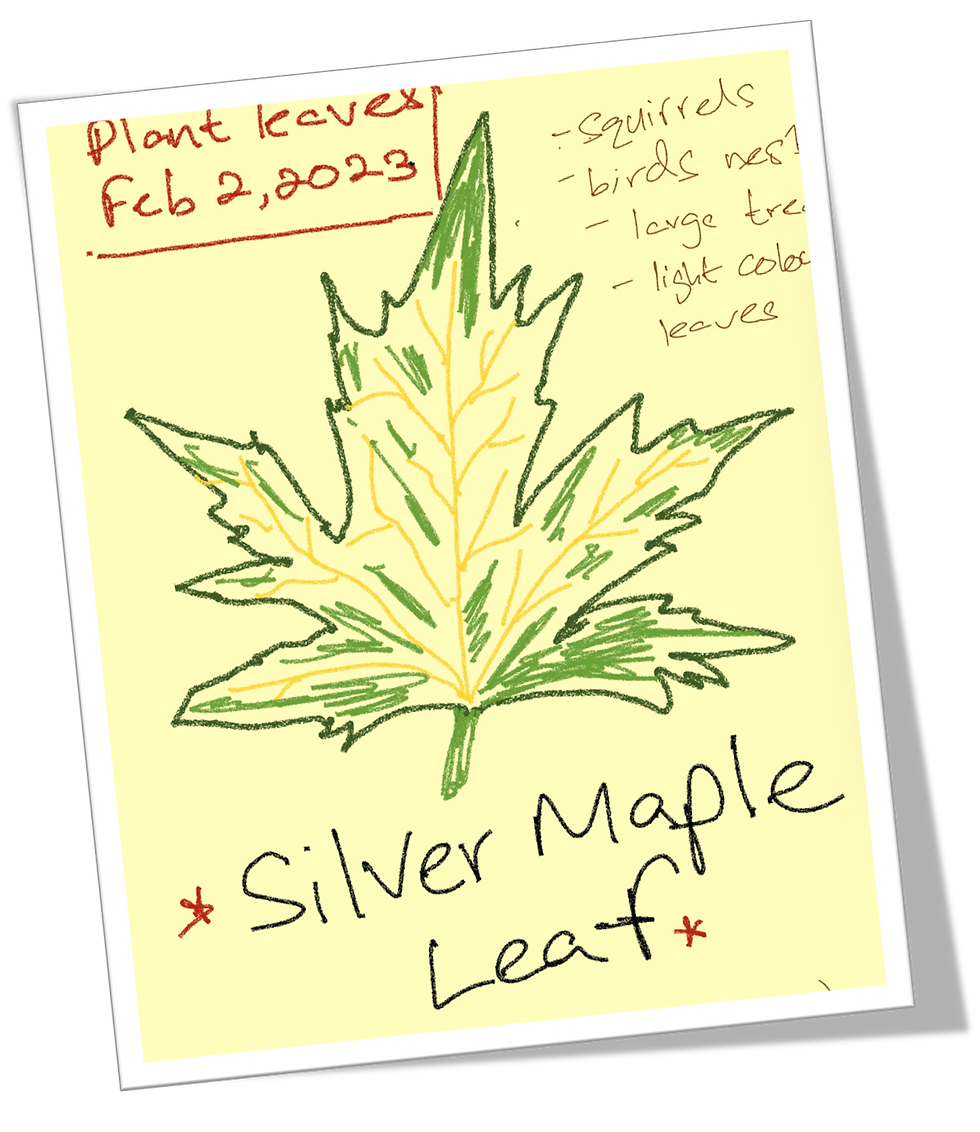Butterflies in our Garden!
- Dallington Pollinator

- Aug 18, 2023
- 3 min read
We often spot special butterflies like Monarch, Clouded Sulphur, Blue Gossamer, and Red Admiral at the Dallington Pollinators Community Garden. These amazing pollinators do an incredible job of nurturing the garden and making the environment more beautiful. In fact, the Pollinator Mural, by Nick Sweetman, on the nearby school wall is an ode to the strength and ephemeral beauty of the butterflies!
Get to know your butterflies and their host plants better, so you can plan and create a habitat for them in your garden.
Monarch Butterfly (Danaus plexippus)

A monarch butterfly can be easily spotted by their distinct orange colour wings marked by black veins and a black border with two rows of spots. And the males have a distinguishing black dot near the centre of their hind wing.
Monarch butterflies are mainly found in North, Central, and South America. They can also be found in Australia, Hawaii and India. They feed on nectar from flowers. There are Several subspecies of monarchs. It is fascinating that the endangered subspecies of Monarch butterflies, Danaus plexippus plexippus is a migratory butterfly.

Interesting fact:
Every fall, this subspecies travels 4,000 to 5,000 kilometers from southern Canada to their wintering sites in Mexico, California, Texas, and Florida. After arriving at their destination, they would gather and hibernate. This is recognized as one of the world’s longest insect migrations. After spending their winter in these locations, they begin to return to North America in the spring.
Did you know?
● The Monarch butterfly's scientific name, Danaus plexippus, means "sleepy transformation" in Greek. This name calls up the species' ability to hibernate and change their forms.
● Milkweed is the only plant on which monarchs will lay their eggs and the only source of food for baby caterpillars.
"The migratory subspecies is additionally categorized as an endangered species on the IUCN Red List. Therefore, it is important to note that planting the right species of milkweed in a given area can help these amazing butterflies thrive"
Clouded Sulphur (Colias philodice)

If you see a butterfly with bright lemon-yellow wings with black borders on the upper surface and a single black spot on the forewings that could probably be a Clouded Sulphur.
The Clouded Sulphur flies in all provinces and territories and therefore is one of the most widespread North American butterflies. They can be found in many different open areas including fields, lawns, road edges, and meadows. Clouded Sulphur feeds and hosts many different types of plants such as clovers, milkweeds, goldenrods, asters, dandelions, thistles, and sunflowers.
Interesting fact:
These butterflies are called Sulphurs because of their bright yellow coloration that is similar to the solid state of Sulphur.
Blue Gossamer (Blues)

Blues are a part of the large Gossamer-winged butterfly family. The sub-family Polyommatinae is where blues belong. Gossamers are known for their small size and very delicate looking body and brilliantly coloured wings. Blues have different subspecies such as Eastern-tailed blue, Western-tailed blue, Silver blue, Greenish blue, Arctic blue, etc.
If you spot a bluish, brightly coloured, metallic butterfly it could probably be a Blue Gossamer. The females are often darker than the males. You can also confirm the species by the pattern of spots on the underwings.
These butterflies live in a wide range of terrestrial habitats. And they are mostly found in association with their food plants Lupines, Gambel oak, California juniper, red cedar, Utah juniper, and horseshoe vetch.
Interesting fact
The members of the Gossamer-winged are considered as the second largest group of butterflies.
Did you know?
The name Gossamer means something delicate and shimmery just like the appearance of their wings.
The Red Admiral Butterfly - Vanessa atalanta

The easiest way to identify the red admiral is their distinct coloring. Their background colouring is black, with striking orange to red colored stripes creating marginal bands on the fore and hind wings. Their forewings also have white spots at the apex.
You could easily confuse a Red Admiral with a Monarch butterfly when you first see them, because of their similar orange, white, and black colours.
But, remember! Monarch butterflies are bigger than the Red Admirals.
The red admiral is one of the most commonly seen butterflies in North America. And they can be found in a wide variety of habitats, including clearings, woods, vacant lots, gardens, and even urban areas. Their distribution extends to Europe and Asia. They feed on a variety of foods including sap, nettle, hops, fermented fruit, and even bird droppings.
Did you know?
The French name of the butterfly Le Vulcain, means the Vulcan, the god of fire. This name paints a picture of volcanic fires, with orange-red flames on dark black rocks. It's a perfect way to describe the butterfly's striking colors!
Here you have it!
Use this as a guide to identify butterflies in your garden.
Tell us your thoughts. Leave a comment down below.

References
https://www.fs.usda.gov/wildflowers/pollinators/pollinator-of-the-month/red-admiral-butterfly.shtml
https://naturecanada.ca/news/blog/whats-a-clouded-sulphur-you-ask/
https://alabama.butterflyatlas.usf.edu/species/details/42/clouded-sulphur
https://www.ontariobutterflies.ca/families/lycaenidea
https://uwm.edu/field-station/small-blue-butterflies-azures/
https://www.fs.usda.gov/wildflowers/pollinators/pollinator-of-the-month/red-admiral-butterfly.shtml




Comments